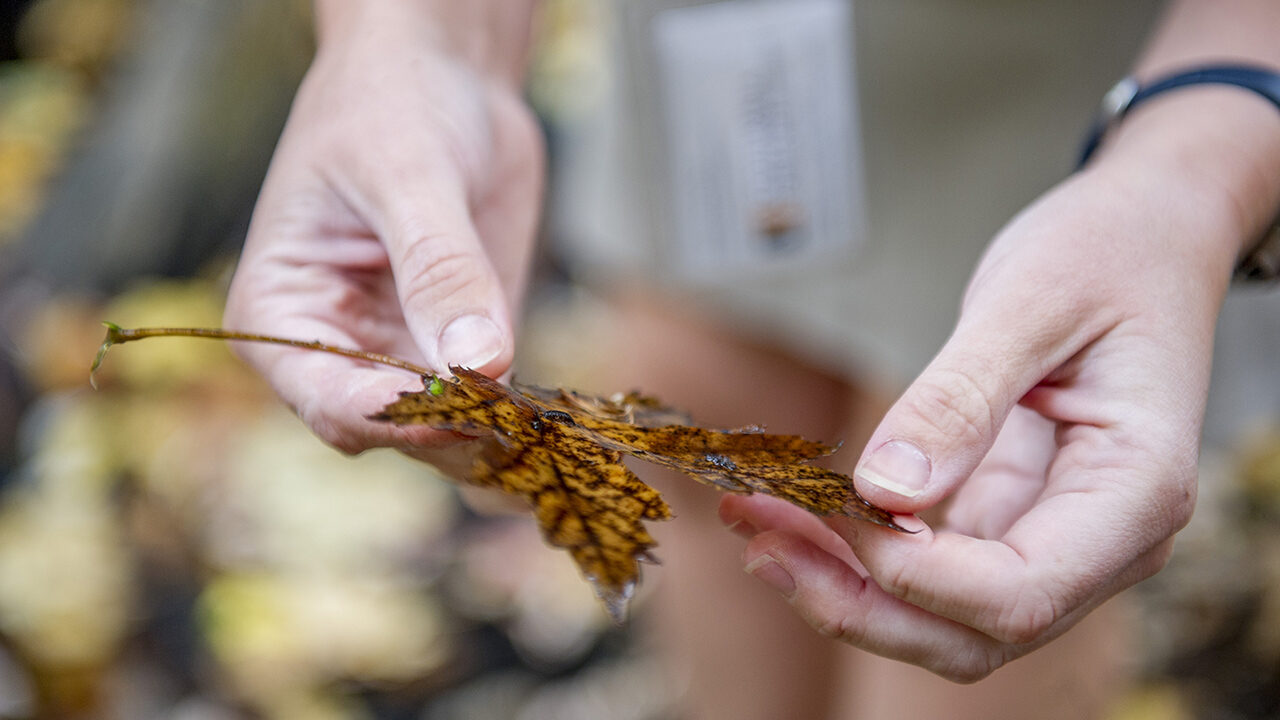Why Study Environmental Biology?
Natural resources and the environment are more at risk of peril today than any other time in human history. By studying Environmental Biology, individuals learn the skills needed to really make a difference! Participants in this program receive hands-on, field based instruction that gives them a strong foundation in species ID/biodiversity, ecology, soil and water quality, as well as a general biology and chemistry.
Program Options
Curriculum Code: 1016 I Liberal Arts Credits: 30 I Program Credits: 32
This program prepares students for transfer into a Bachelor of Science program in Environmental Biology or a related field. Students should work closely with their academic advisor to determine choice of electives to help ensure articulation with specific transfer colleges. Upon completion of a bachelor’s degree, career opportunities include Natural Resource Specialist, Field Biologist, Environmental Health Technician, Fisheries Technician, and Forest Ranger. The program combines classroom, laboratory, and field study instruction giving students a well- rounded preparation. It is designed to meet the ever-increasing need for well-qualified professionals in this field.
Transfer opportunities include, but are not limited to: SUNY Plattsburgh, Marist College, SUNY Stony Brook, Paul Smith’s College, SUNY Environmental Science and Forestry, (ESF) B.S. in Environmental Studies Program only.
| Course Code | Course | Credits |
|---|---|---|
| EN 101 | Composition | 3 |
| EN 102 | Composition and Literature | 3 |
| SL ELE | Social Science Electives | 12 |
| HU ELE | Humanities Elective | 3 |
| SL ELE HU ELE | Social Science OR Humanities Elective | 3 |
| MA ELE | Mathematics Elective | 3 |
| SC ELE | Lab Science Elective | 3 |
| Liberal Arts Credits: | 30 | |
| BI 103 | General Ecology | 4 |
| BI 113 | Environmental Sciences | 4 |
| CH 101 | General Chemistry I | 4 |
| CE 101 | College Experience | 1 |
| GN ELE | General Elective | 3 |
| BI 101 CH 102 | General Biology OR General Chemistry II | 4 |
| MA ELE | Mathematics Elective | 4 |
| MA/SC ELE | Mathematics/Science Electives | 8 |
| Program Credits: | 32 | |
| Minimum Credits: | 62 |
Careers & Outcomes
Additional Information
We have one of the largest natural history museums of any community college. With over 2000 bird skins specimens, 1400 egg sets with over 5000 eggs, 300 vascular plant herbarium species, and 500 bryophyte species from around the world, students have the unique opportunity to learn about these species in a first hand manner.
We are also the only SUNY Community College to have a Hudson River Environmental Field Station where students get to learn applied water quality and other field biology techniques in and around one of the most iconic rivers of the modern environmental movement. Students also learn site management skills through our partnership with Olana, as well as a unique sense of place and working knowledge of the contribution of the Hudson River School of Art to the modern environmental movement.
